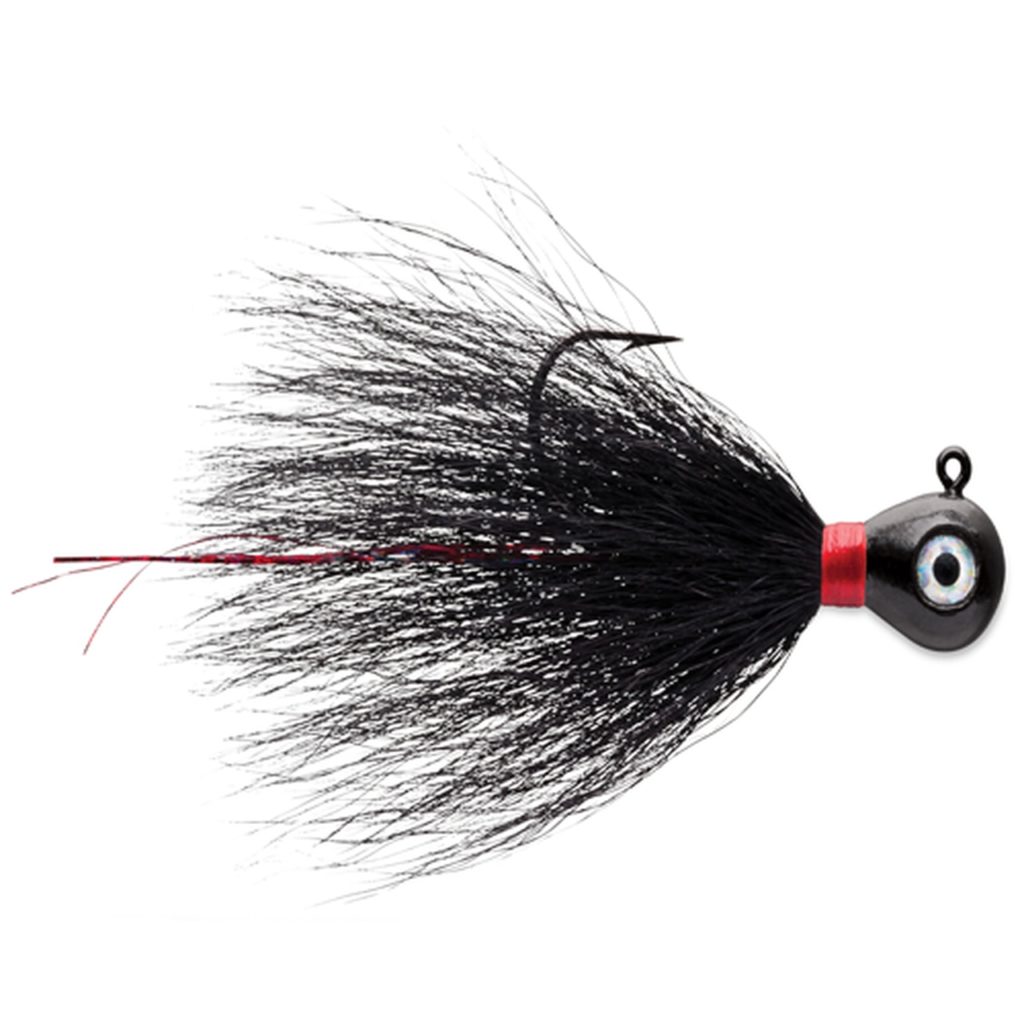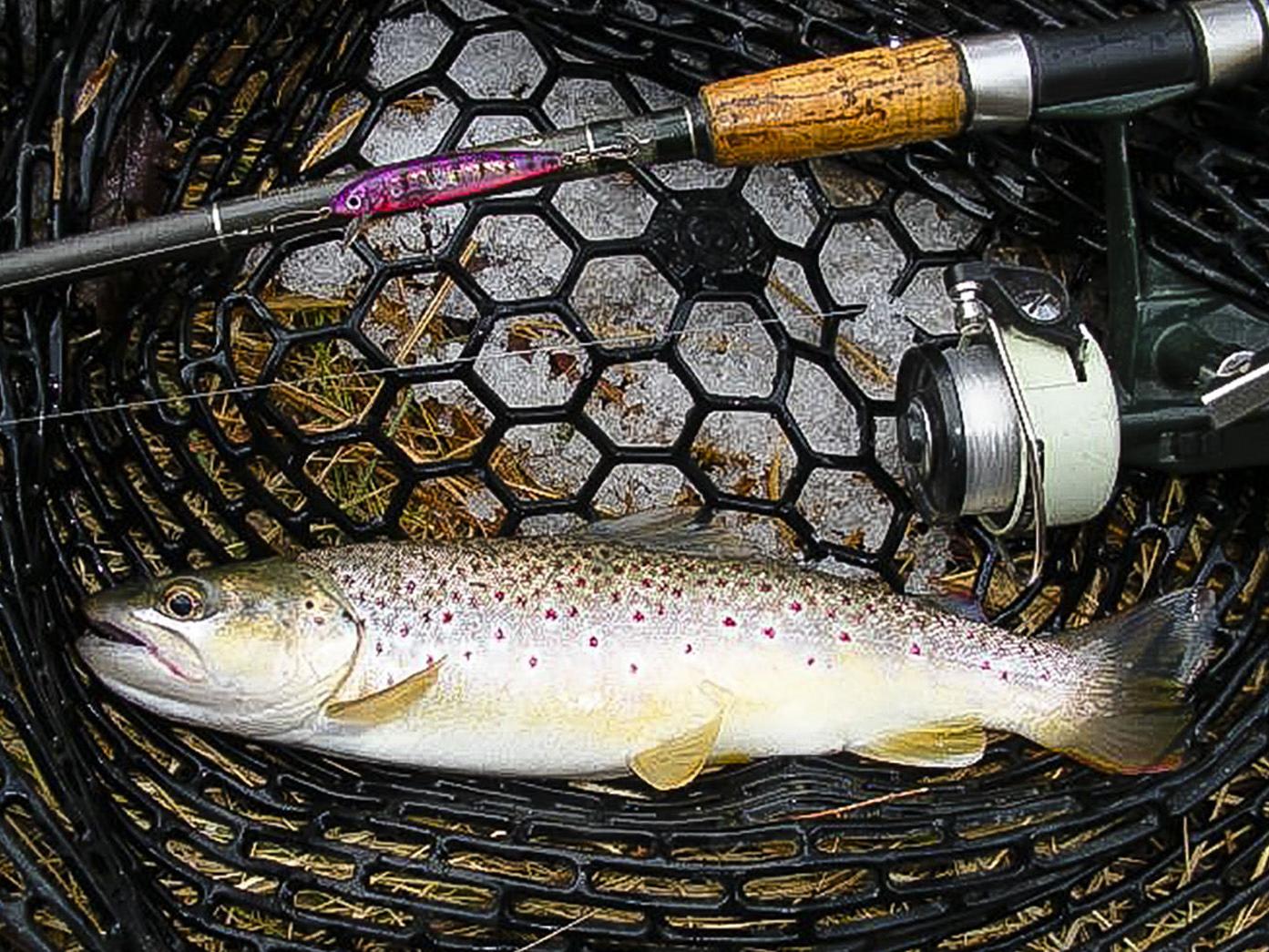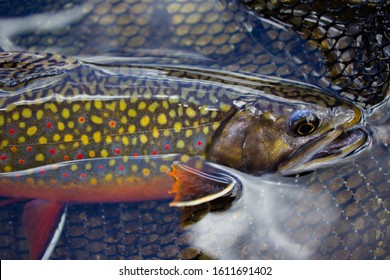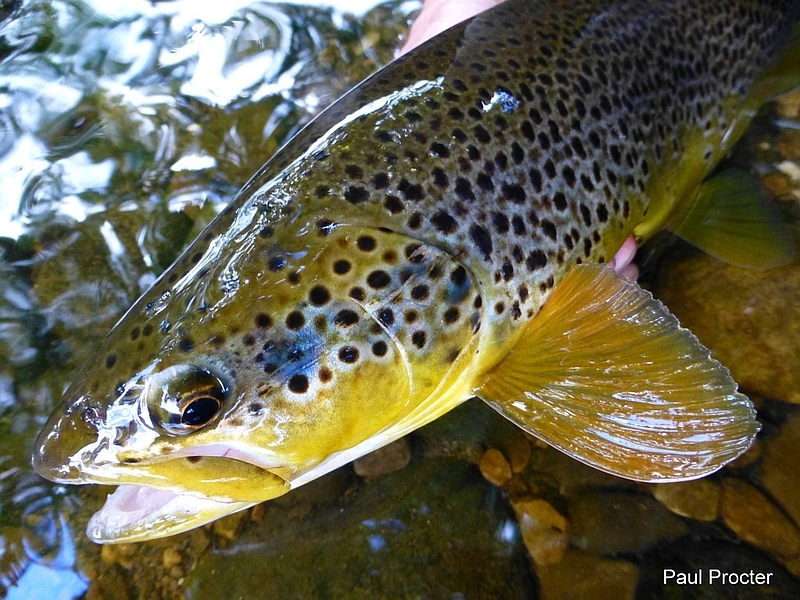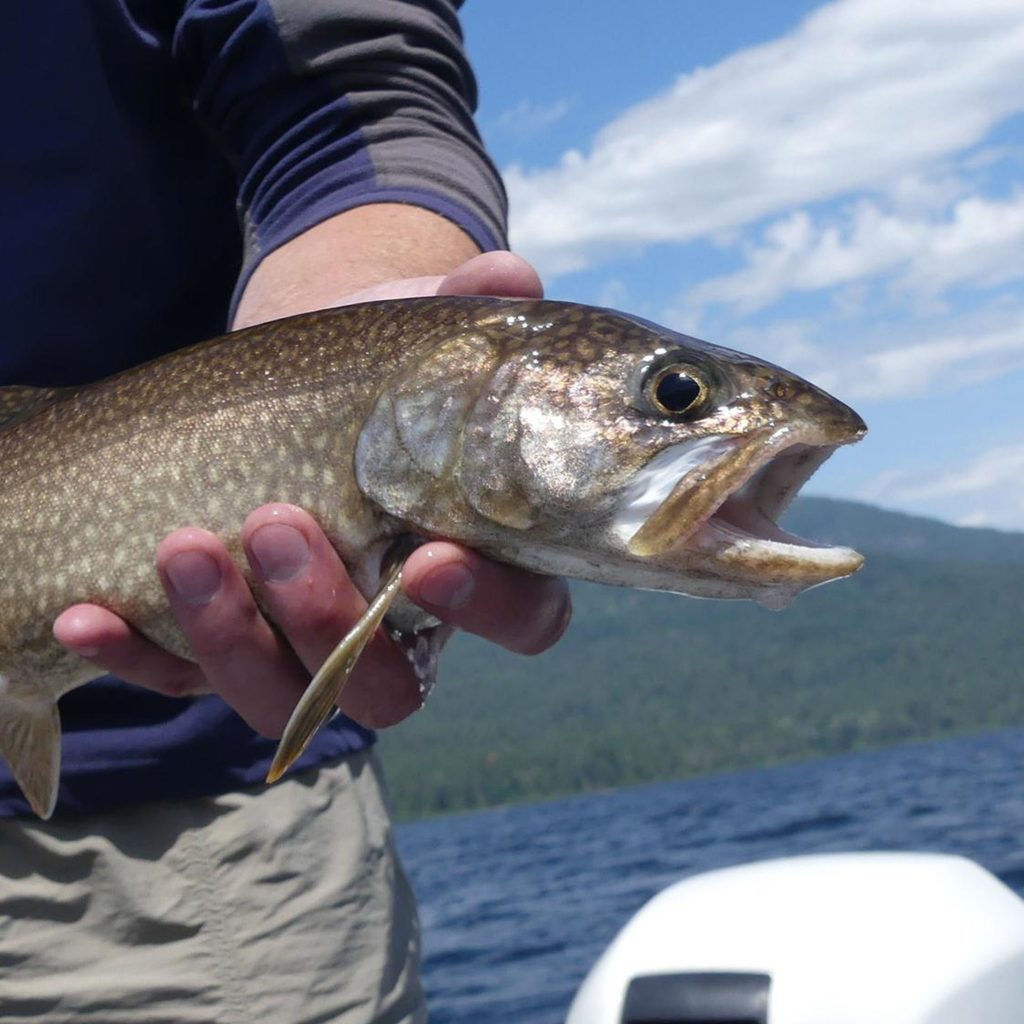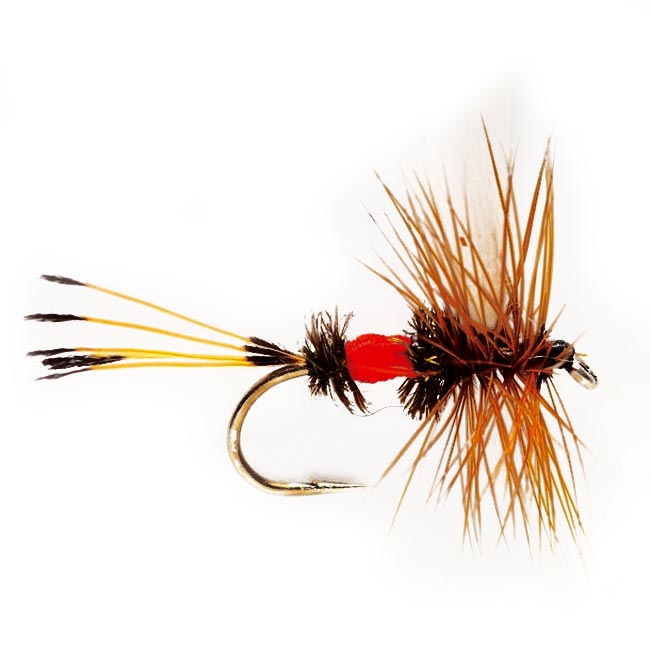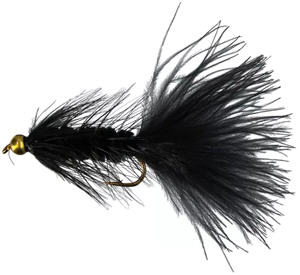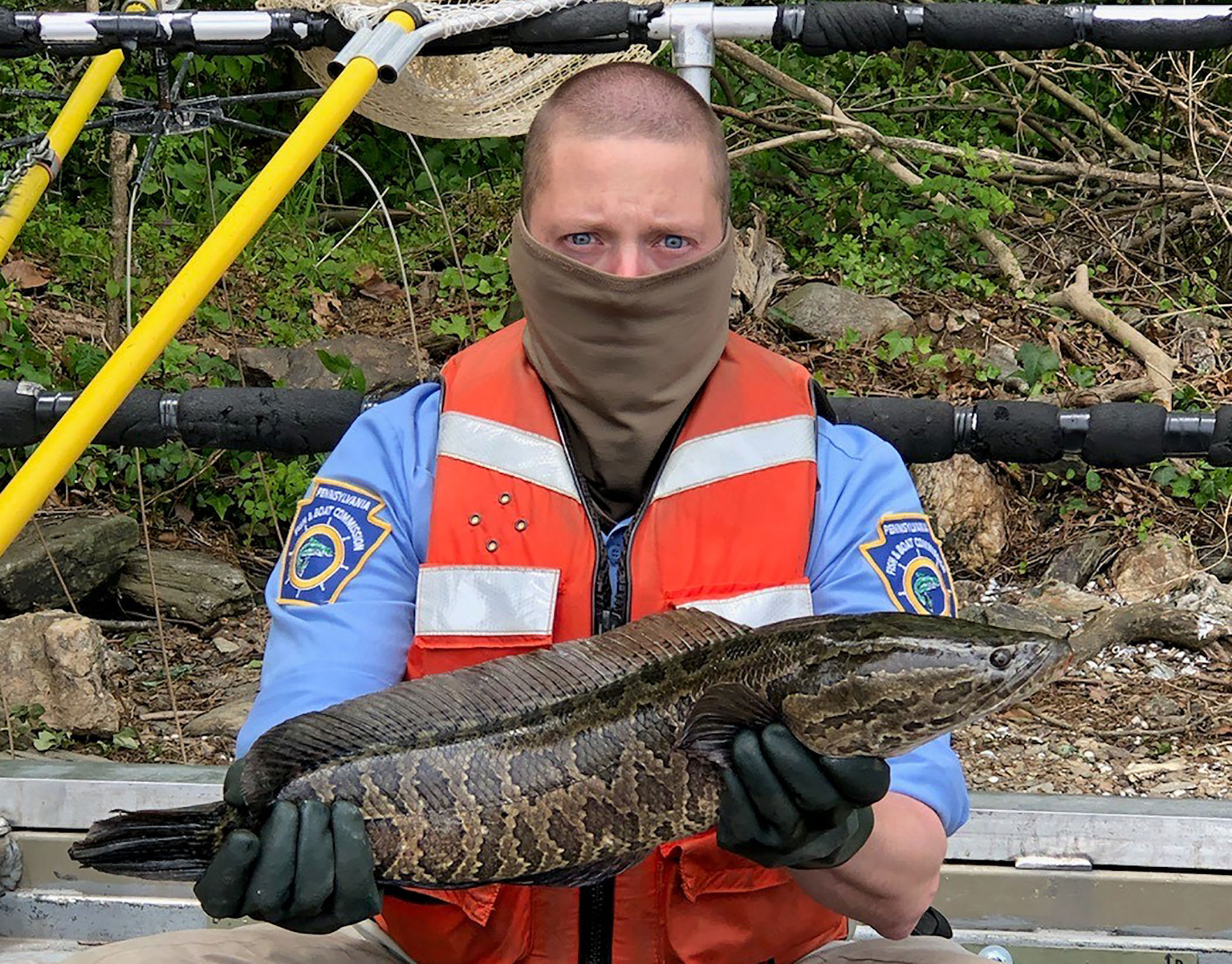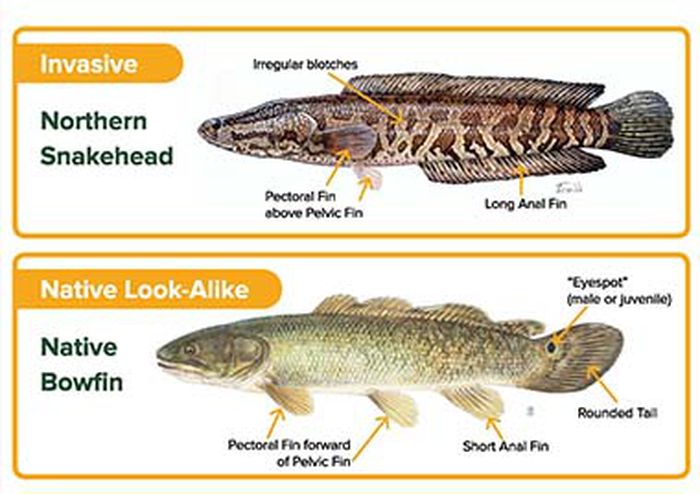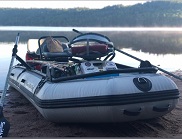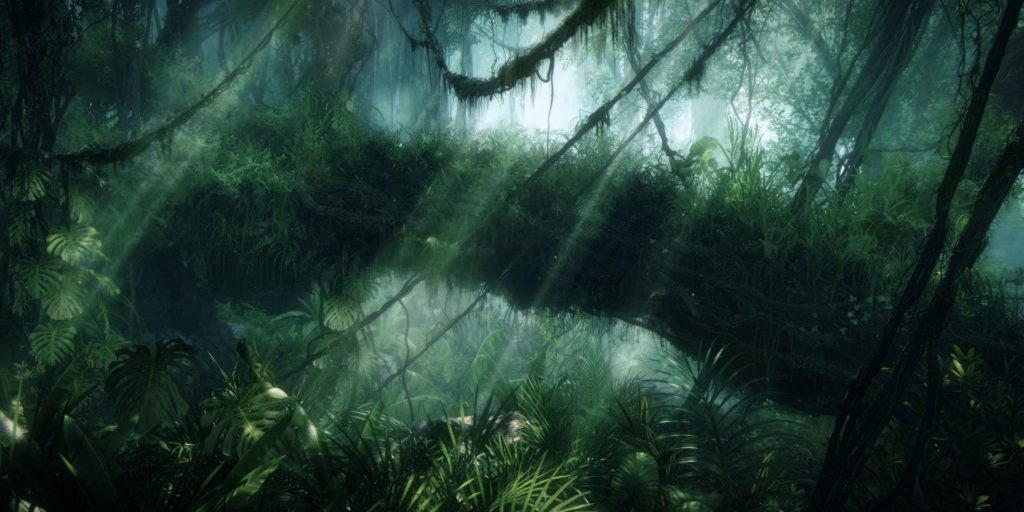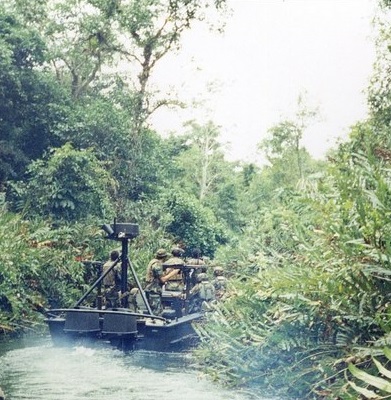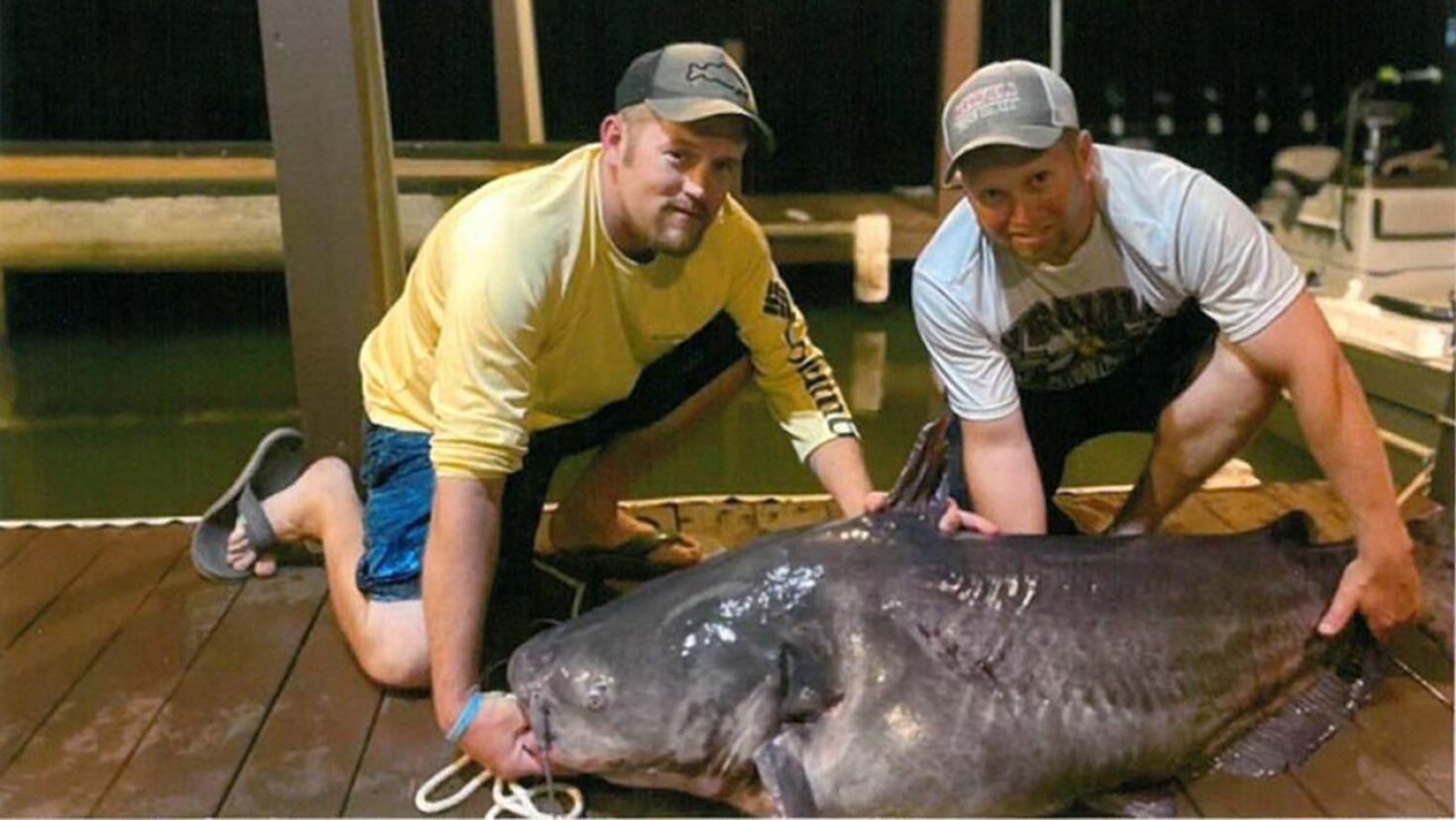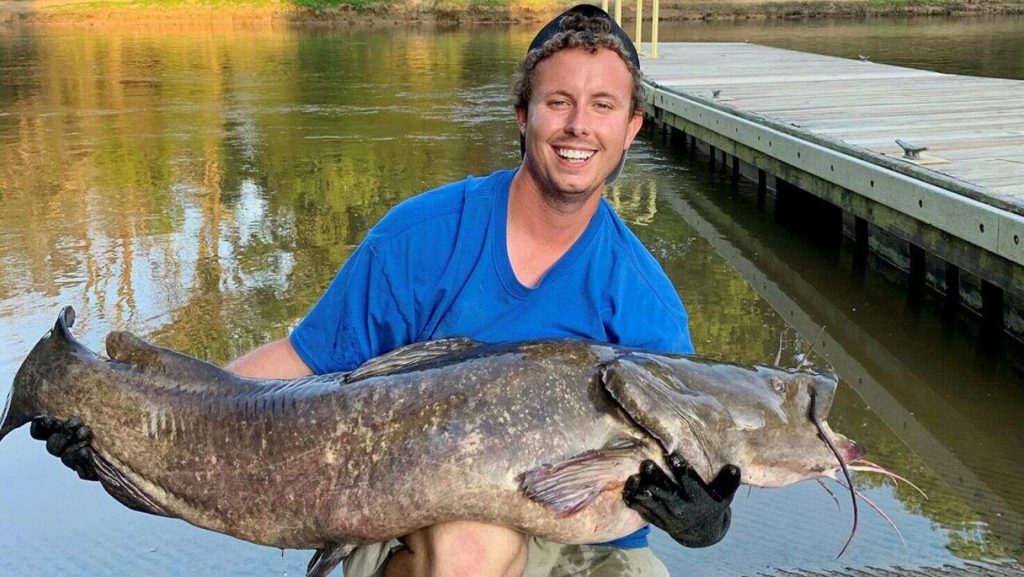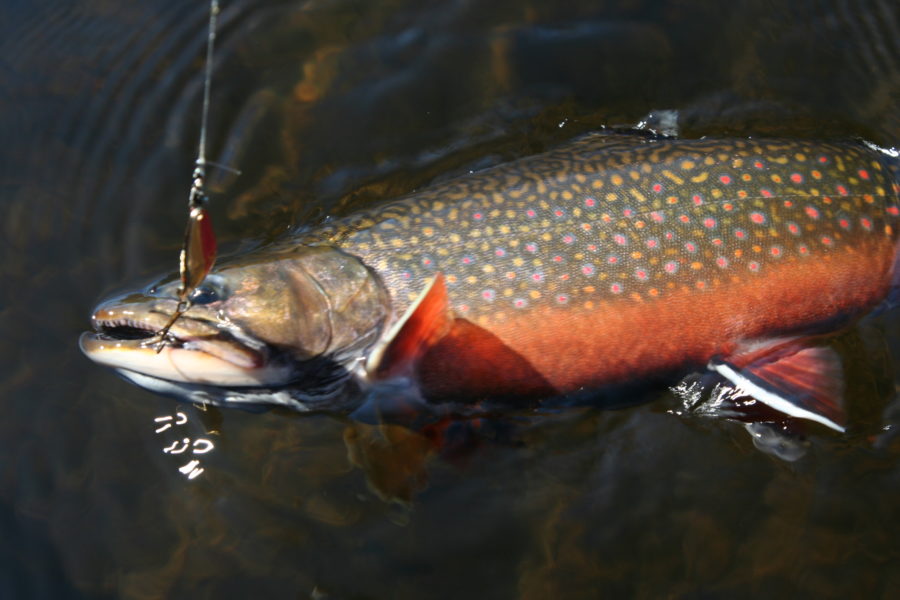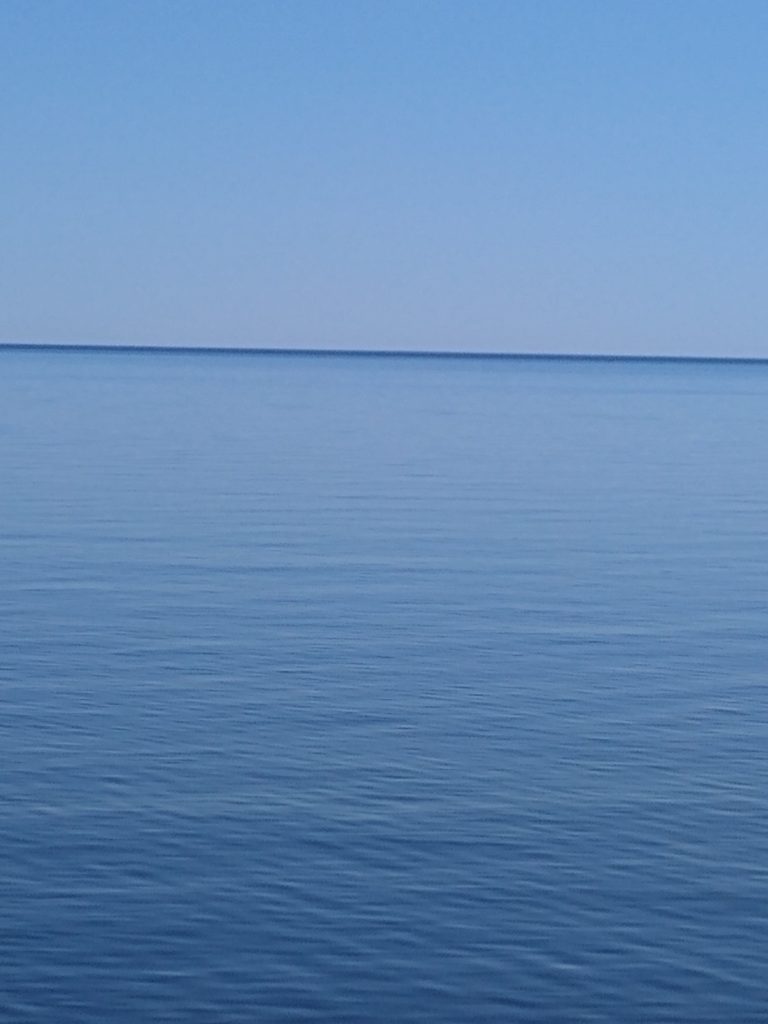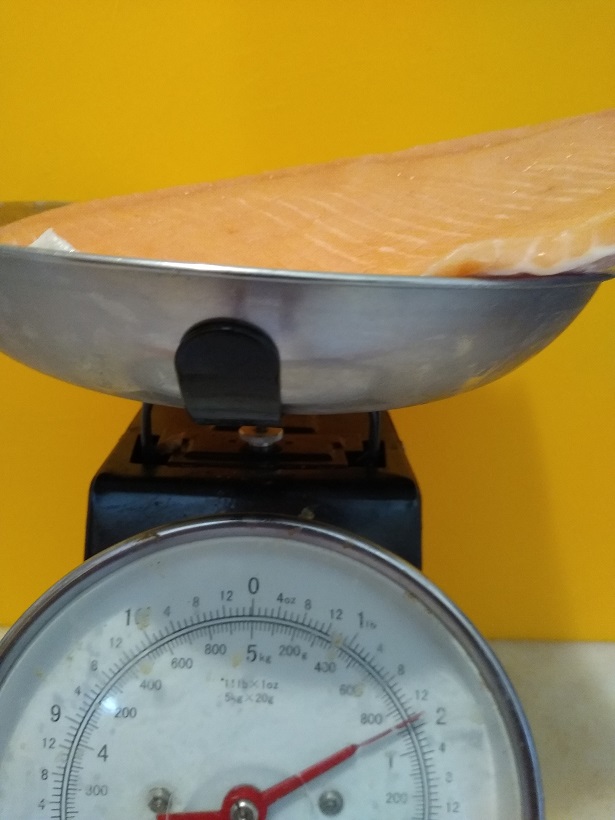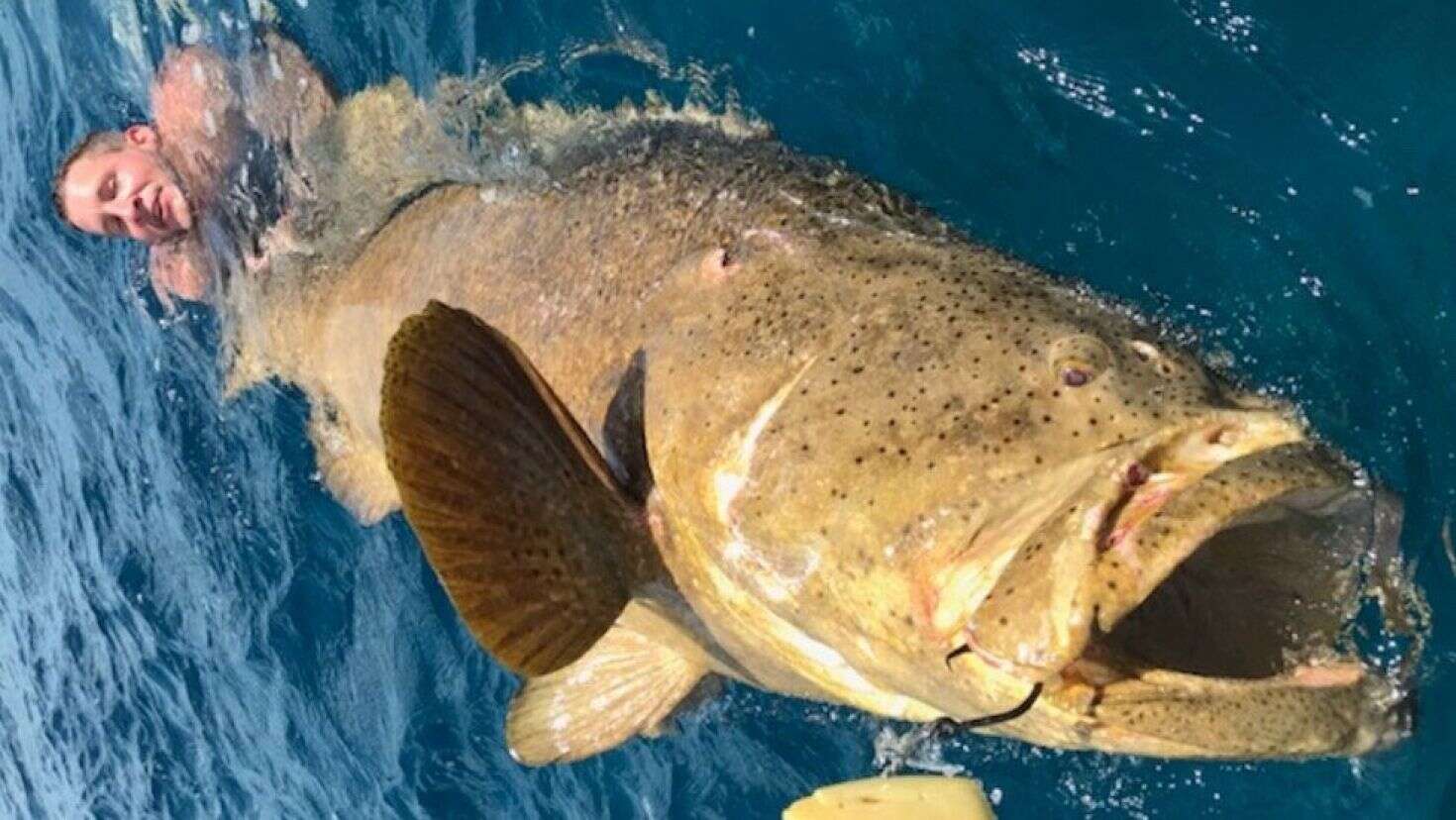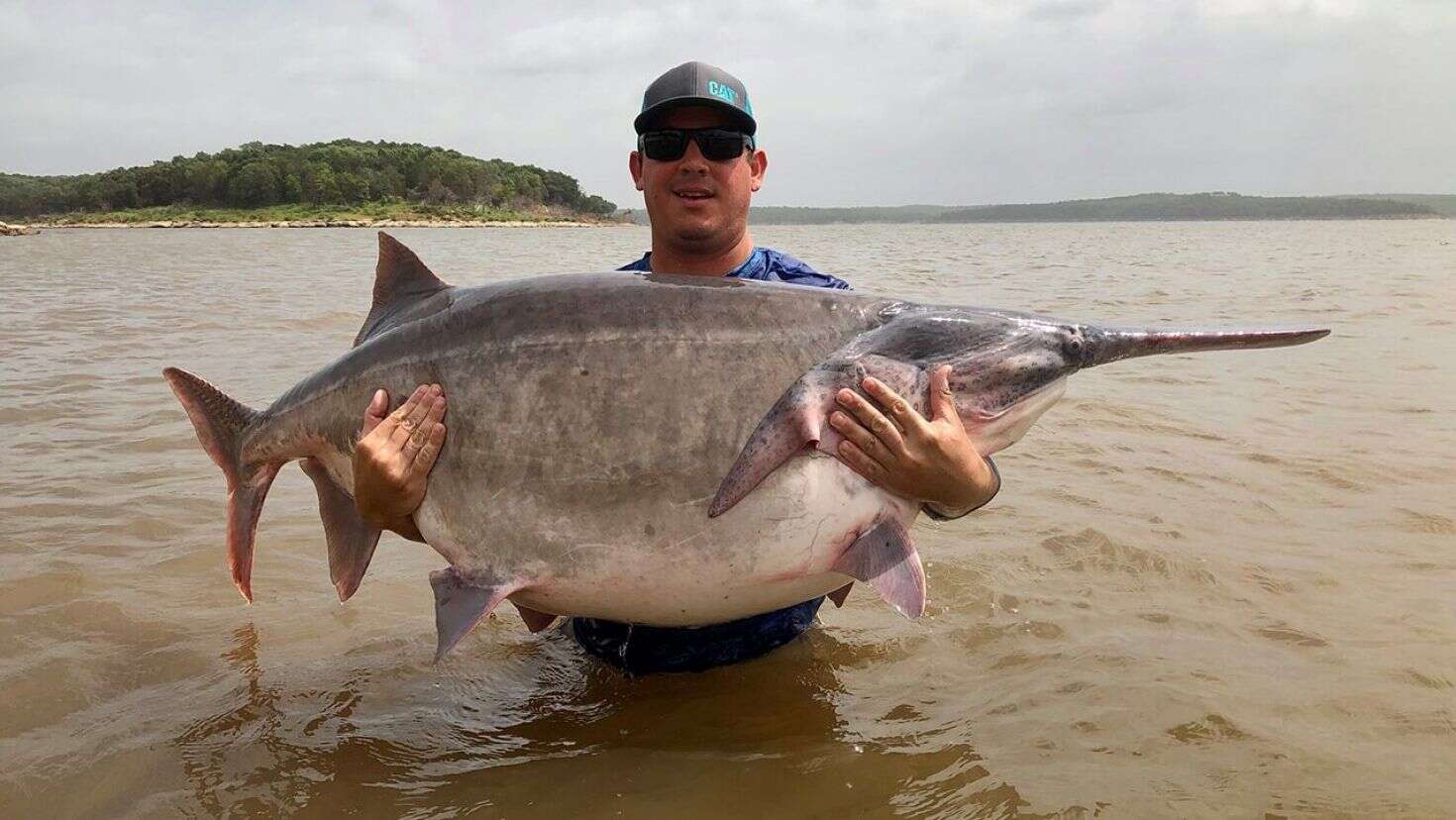Yesterday marked the walleye season opener here in my neck o’ the woods. The weather is not cooperating with me, there have been high winds, intermittent heavy rains and thunderstorms rolling through, so I haven’t been out on the water. Instead I’m sitting here writing a walleye primer.
Let’s start out with a description of what a walleye actually is. Stizostedion vitreum is known by a couple of names depending on where you live. Walleye, walleye pike, yellow pike or yellow pickerel are common names, although the walleye belongs to the same family of fish as perch and aren’t pike at all.
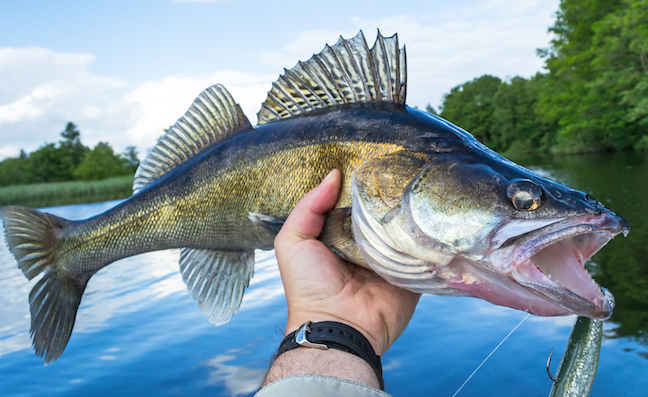
Walleyes grow up to about 31″ in length, and weigh up to about 20 lb. The maximum recorded size for the fish is 42″ in length and 29 lb in weight.
Now we understand what a walleye is, where do we find them? Well, walleye are considered “cool water” fish, so that limits their range a bit. The map below shows the distribution of walleye, both in their native range and where they have been introduced.
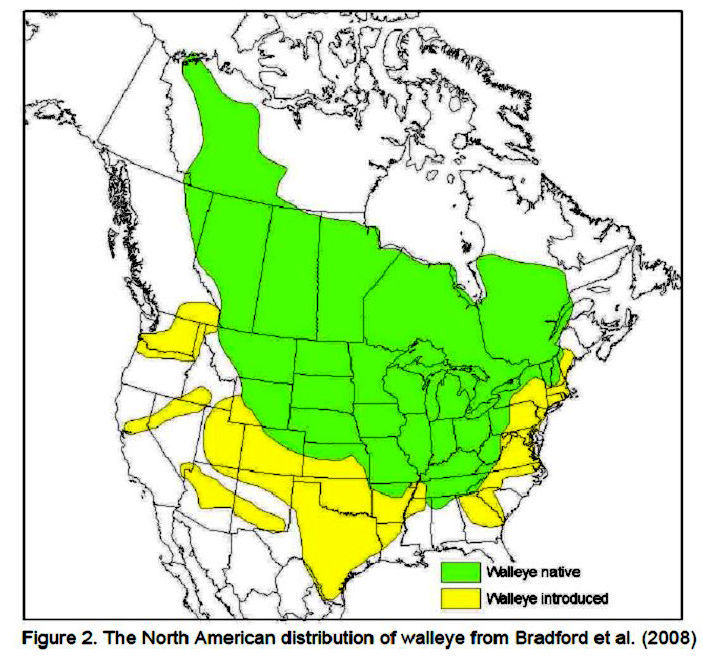
As for habitat, walleye can be found in lakes, ponds, rivers and larger streams. Anywhere the water quality and temperature meets their requirements.
Walleye spawn in the spring, when water temperatures reach the 40-50 degree range. Here in NY, the season closes for the spawn, as it does in PA,VT, OH and Ontario.
So, how do you catch these tasty fish? There are a lot of techniques to get them to bite. Jigging, trolling bait harnesses, casting stick baits and crankbaits, live bait rigging and ripping blade baits all work depending on conditions.
Let’s talk about rods and reels for a second. You don’t need technique specific combos to catch walleye (although it can help with some stuff). For an all-around walleye rod, I’d personally recommend a medium power, medium action spinning combo in the 6-7 foot range. I’d spool up the reel with a 20# braid, I like Powerpro but there are other good brands, and tie on a 10-15 foot 15# flourocarbon leader with an albright knot. With that combo, you can jig, cast stickbaits, livebait rig and rip bladebaits.
At least on my local lake, jigging for walleyes seems to be one of the most popular ways to fish. The technique is fairly simple: cast out your jig and retrieve it with short snaps of the rod, allowing the jig to settle back to the bottom between snaps. There are two things to keep in mind when jigging, first, be prepared to lose some jigs to snags and second, pay attention when the jig is dropping after a snap, thats when walleye like to bite. There are a wide variety of jigs available in a multitude of colors. Its popular in many areas to tip a jig with a minnow or a piece of night crawler. Below are some examples, from left curly tail grub, perch bucktail, black bucktail.
Bladebaits, like the Heddon sonar and Johnson thinfisher are worked like jigs but faster with longer rips. Unlike jigs, bladebaits encourage reaction strikes. Again, be ready for a pickup when the bait is falling.
Live bait rigging can take many forms, from bobber rigs to “dropshot” rigs to trolling live bait harnesses. I say live bait, but I don’t mean just nightcrawlers, minnows and leeches. There are many good soft plastic options out there like Gulp and Powerbait that work as well as the real thing with the added advantage of not having to rebait every other cast.
Early and late in the season, I like to throw a slip bobber rig from the bank. If you try this method, keep your bait suspended just off the bottom. Walleye cruise just above bottom for tasty morsels to eat.
Dropshot rigs get your bait down near, but not on the bottom. Use just enough weight to keep a tight line, too much and you won’t feel the pickup, too little and you won’t be able to keep the bait in the zone for long.
The use of bait harnesses require a boat. If you have access to one, you can’t go wrong towing around a worm harness and a bottom bouncer. The trick to that method is controlling the speed of the drift or troll. In my experience, anything faster that 1.5mph is way too fast. You want to be going just fast enough to make the blade on the harness to spin slowly. Another thing to point out with this technique is that you want your line nearly vertical to the bottom bouncer.

Now on to my favorite technique: casting hard baits. My biggest ‘eye came on a #10 Rapala Husky Jerk and my biggest numbers days have all occured on days I was casting stickbaits and crankbaits. You can make this technique as easy or as complex as you want, it catches fish.
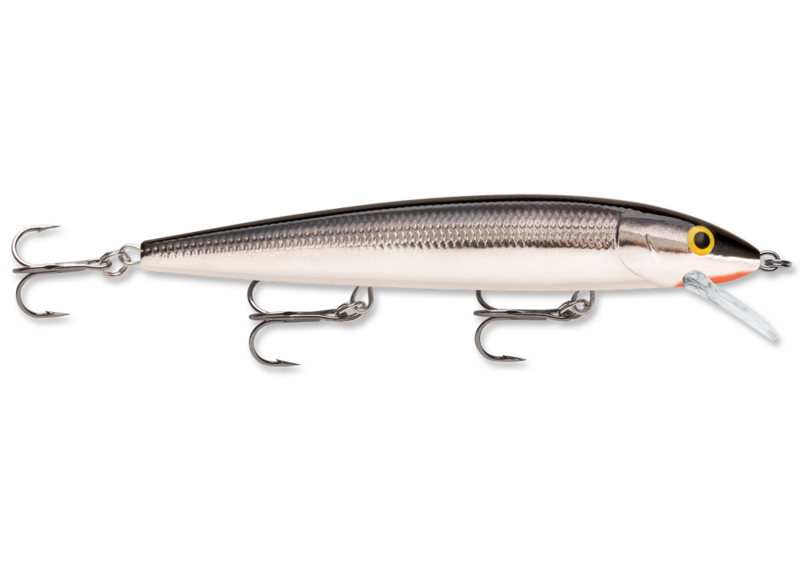
Some days a straight cast and retrieve works best, other days a pause or two in your retreive puts fish in the net, and others require a whole sequence of pause-retreive-pause. Let the fish tell you what’s working. The same with colors. While I tend to prefer some combination of silver/chrome/black, firetiger, perch, gold/black and clown all seem to work here.
Now that you’ve caught some of what I consider the best eating freshwater fish, what’s next? Fillets of course. I’m not going into fillet technique here, there are about ten thousand videos on youtube about it, what I am going to do is give you my favorite walleye recipe.
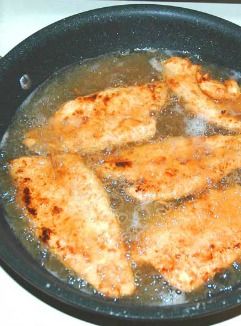
What you’ll need: some fillets, about a half cup of flour,some seasoning (I like Old Bay for this), some salt and pepper, enough oil to cover the bottom of the pan to about a half inch.
Heat the oil in your pan over medium heat. Rinse your fillets in cold water and pat them dry with some paper towels. Put the flour, seasoning and salt and pepper into a ziplock bag big enough for your fillets and mix well. Put the fillets in the bag and shake to coat. Place the coated fillets in the pan being careful not to overcrowd them. The fillets will start to brown on the edges when its time to flip them. Let them cook thru and remove to a cooling rack lined with paper towels. Putting them directly on a plate will turn them soggy.
Enjoy!



